Dipaculao: Miles of Calm, Coastline of Dreams
Dipaculao is a scenic, agricultural town with a strong indigenous and settler heritage. With its white sand beaches, river systems, and rugged coastline, it is becoming a favored spot for eco-tourism, while also preserving its indigenous culture and traditional rural livelihoods.
General Information About Dipaculao
- Location – North of Baler, along the eastern coast of Aurora Province
- Region – Central Luzon (Region III)
- Province – Aurora
- Land Area – Approximately 361.64 km²
- Population – Around 30,669 (2020 Census)
- Number of Barangays – 25 barangays
- Founded – November 27, 1950
- Languages – Tagalog, Ilocano, and Dumagat dialects
- Economy – Agriculture (rice, corn, coconut), fishing, forestry, and tourism
- Distance from Baler – Around 10 km north via coastal highway
Geographic Features
- Bordered by Baler to the south and Dinalungan to the north.
- Lies between the Sierra Madre Mountains and the Philippine Sea.
- Has broad agricultural plains, coastal lowlands, rolling hills, and forests.
- Known for beautiful coastal scenery, rivers, and beaches.
Historical Background of Dipaculao
Early Inhabitants
- Initially inhabited by Dumagat-Agta indigenous peoples, who lived along rivers and forests, relying on fishing, hunting, and swidden farming.
- Later settled by Tagalog and Ilocano migrants, mostly from Nueva Ecija and Ilocos regions, who established permanent agricultural communities.
Municipal Formation
- Formerly a barangay of Baler.
- Became an independent municipality in 1950 through Executive Order No. 370, signed by President Elpidio Quirino.
- Named “Dipaculao” from a local chieftain or possibly derived from words describing the natural environment (di pa kulaw – “not yet cleared”).
Post-Foundation Development
- Development accelerated with the building of the Baler-Casiguran Road, improving access to Baler and nearby towns.
- Infrastructure remained modest for decades but has improved in recent years, particularly with tourism and trade growth.
Tourism and Attractions
Dipaculao is gaining popularity as a natural getaway offering the following:
- Ampere Beach – known for its unique smooth black stones and dramatic sunrises.
- Dinadiawan Beach – long stretches of powdery white sand, a local tourism hotspot.
- Laniton White Rocks – eye-catching rock formations by the sea.
- Dipaculao River – scenic river great for fishing and local recreation.
- Indigenous trails and forest areas – used by Dumagat communities.
Culture and People
- Mix of Tagalog, Ilocano, and Dumagat cultures.
- Roman Catholicism is the dominant religion, with annual fiestas and Holy Week traditions.
- Dumagat culture survives in the uplands, with communities still practicing traditional rituals, herbal medicine, and forest-based livelihoods.
Timeline of Major Events
- Pre-1900s – Inhabited by Dumagat communities; settled by migrants
- 1950 – Established as an independent municipality (E.O. No. 375)
- 1979 – Incorporated into the newly created Aurora Province
- 2000s – Present – Improved road access and growth in domestic tourism
| DIPACULAO EMERGENCY HOTLINES | |
| Tourism Office | 0920-9817142 |
| Municipal Health Office | 0948-0643567 |
| Municipal Disaster Risk Reduction and Management Office (MDRRMO) | 0909-2778000 |
| Provincial Disaster Risk Reduction and Management Office (PDRRMO) | 0963-7427777 |
| Aurora Electric Cooperative (AURELCO) | 0999-9772735 |
| Philippine National Police (PNP) | 0999-8443316 |
| Bureau of Fire Protection (BFP) | 0947-3986287 |
| Philippine Coast Guard (PCG) | 0956-4170107 |
Dipaculao Hotels

White Plains Cottages Resort
A peaceful beachfront retreat located in Dinadiawan, Dipaculao, Aurora, just about an hour’s scenic drive from Baler.
READ MORE
Iya-Mhan Beach Resort
A serene beachfront retreat located in Barangay Dinadiawan, Dipaculao, Aurora.
READ MORE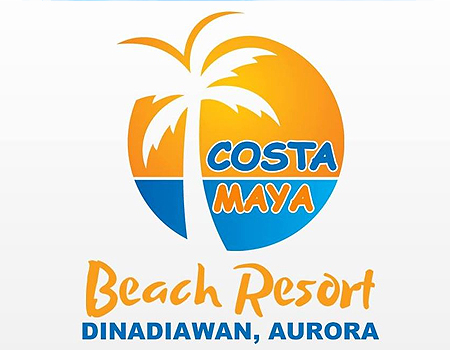
Costa Maya Beach Resort
A tranquil beachfront escape perfect for nature lovers and those seeking a peaceful retreat.
READ MORE
Romano Homestay Beach Resort
A cozy and budget-friendly beachfront getaway located along the serene shores of Dinadiawan Beach in Dipaculao, Aurora.
READ MOREDipaculao Restaurants
View all 6 dipaculao-restaurants
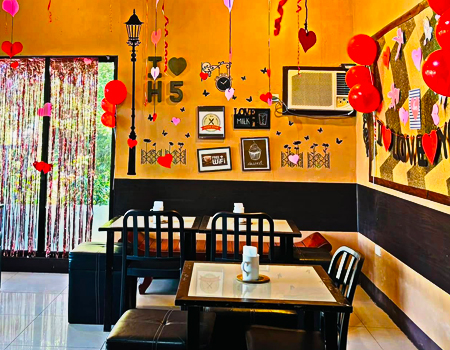
High Five Coffee Bar & Resto
A popular stop for locals and travelers, offering a relaxed, air-conditioned space to enjoy coffee, burgers, fries, and other comfort food.
READ MORE
Pakay’s Eatery
A cozy roadside spot that offers affordable Filipino meals like silog dishes, seafood, and other local favorites.
READ MORE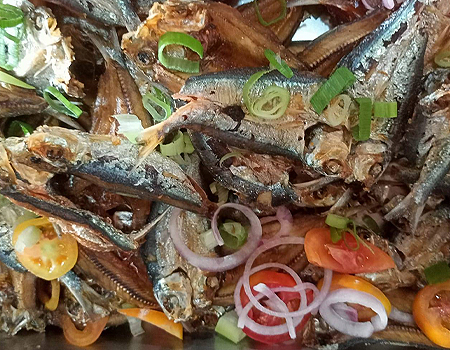
Lily’s Restaurant
A simple, home-style eatery located in Purok 1, Barangay Dinadiawan, Dipaculao, Aurora. It’s a popular local spot for Filipino comfort food, offering filling meals in a relaxed, no-frills setting. Conveniently situated along the Baler–Casiguran Road, it’s a great place to stop and enjoy a casual bite while exploring the area.
READ MORE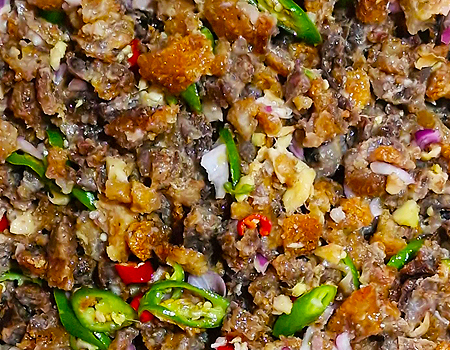
Kuya Jo Restaurant
A casual seafood eatery located along Baler–Casiguran Road in Barangay Dinadiawan, Dipaculao, Aurora.
READ MOREDipaculao Attractions
View all 5 dipaculao-attractions
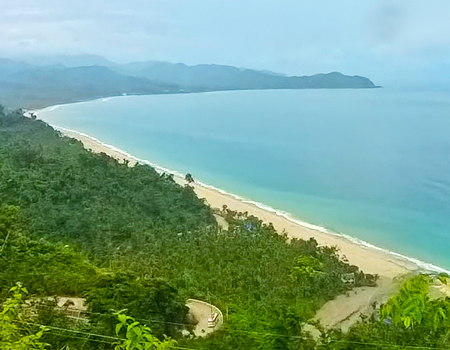
Dinadiawan Roadside View Deck
Perched along the coastal highway of Dipaculao, the Dinadiawan Roadside View Deck is a breathtaking stopover that showcases the natural grandeur of Aurora province.
READ MORE
Dinadiawan River Protected Landscape
A 3,371-hectare nature reserve that stretches from the Sierra Madre mountains down to the coast of the Philippine Sea.
READ MORE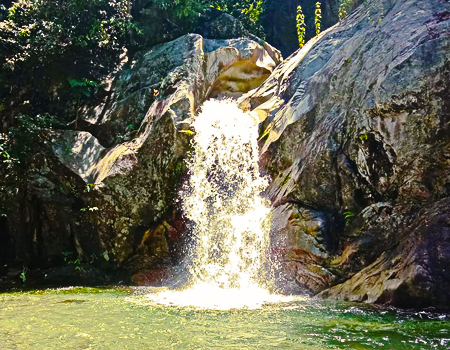
Baul Falls
A peaceful and secluded waterfall located within the Dinadiawan River Protected Landscape in Barangay Dinadiawan, Dipaculao, Aurora.
READ MORE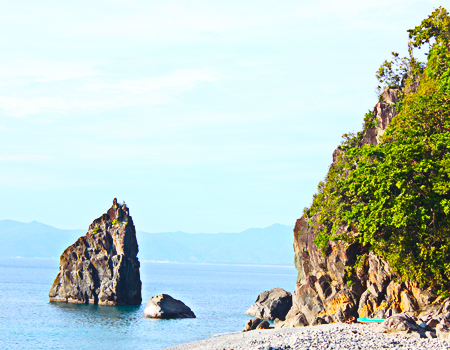
Ampere Beach and Rock Formations
Ampere Beach in Dipaculao, Aurora—about 20 kilometers from Baler—is known for its rocky shoreline and striking natural rock formations.
READ MORE